Physicist and photographer Stefan Liebermann (@stefanliebermannphoto) uses his Sony Alpha cameras and Sony lenses to capture mesmerizing astro-landscapes and deep sky images. In this article we connect with him to learn more about the gear he uses and why.
"It's a very special kind of photography: Not visible to the human eye, but real." For Stefan Liebermann (@stefanliebermannphoto) there can hardly be anything more beautiful than standing alone in the desert at night and photographing the night sky. The physicist and internationally award-winning photographer travels the world for his photographs – always in search of breathtaking landscape motifs. With his images he wants to share his fascination for the night and show this magic new world using his Sony Alpha cameras. We connect with Liebermann for a closer look at what’s in his bag for mesmerizing night photography and beyond below.

Stefan Liebermann's kit for night sky photography and more
With his images, physicist & photographer Stefan Liebermann shares his fascination for the night sky. We get a look at the cameras, lenses & gear gear he uses.
Cameras
Sony Alpha 7 III: This camera is my main camera. I use it for landscape and astro-landscape photography. The full-frame sensor with 24mp is exactly the right one for low light photography with a high signal-to-noise ratio with sufficient resolution. Due to the second base ISO of 800, it allows astrophotography at a high dynamic range. With the wheels and many programmable buttons, it can be operated quickly.

Panorama Photo by Stefan Liebermann. Sony Alpha 7 III. Sony 16-35mm f/2.8 G Master. 149-sec., f/1.8, ISO 1250
Sony Alpha 7R III (Full Spectrum Modified): I use the Sony Alpha 7R III for my deep sky astrophotography because of its high resolution of 42MP. To photograph emission nebulae in the universe, which emit mainly in the infrared, I removed the infrared filter. Please never do this yourself! It voids the warranty. With the use of different Clip-In filters in front of the sensor I can define this open "Full Spectrum" camera to certain wavelengths and thus remove light pollution and also display objects sharper.
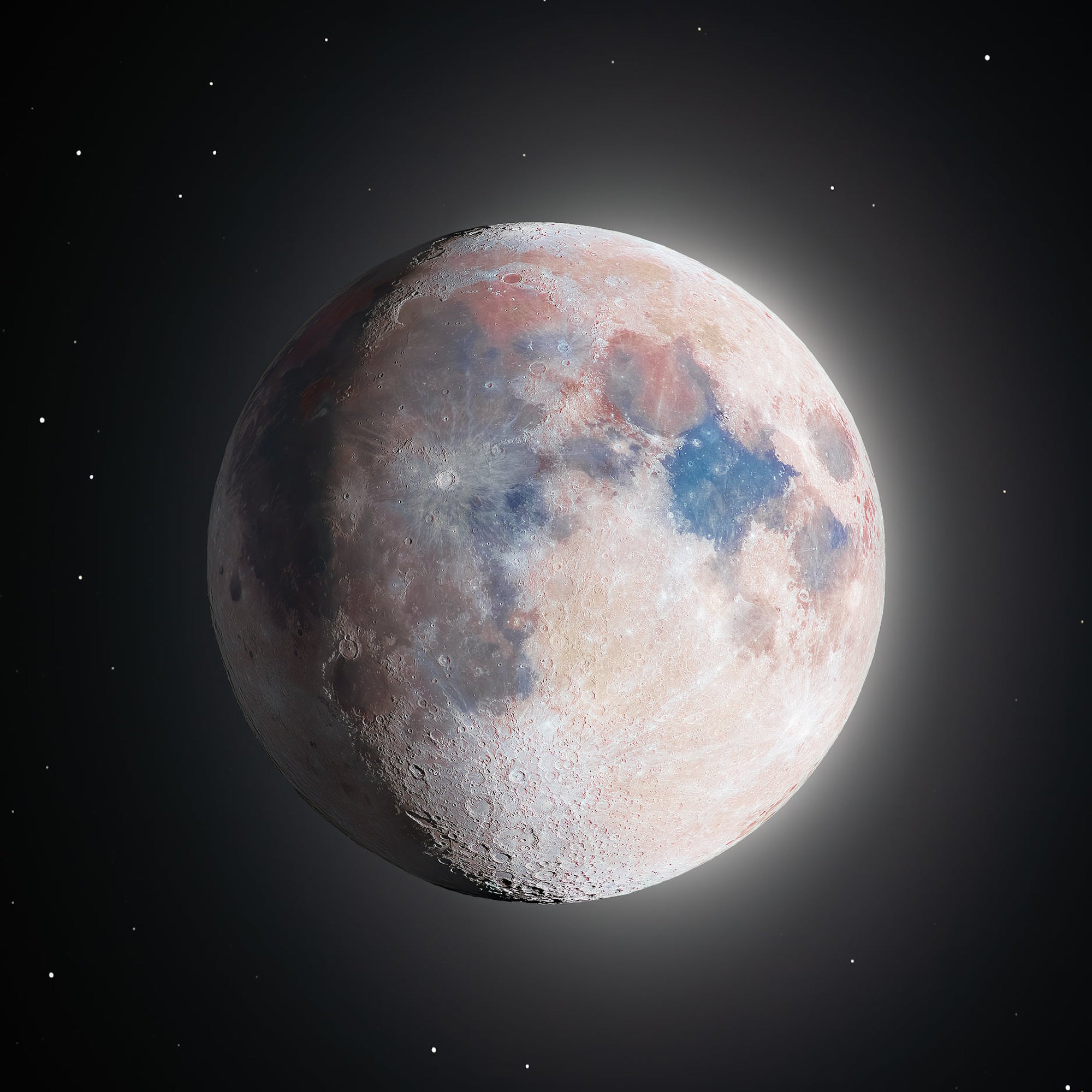
Photo by Stefan Liebermann. Sony Alpha 7R III (Full Spectrum). Sony 600mm f/4 G Master (2X Converter = 1200mm). Sharp photo of the moon because of the high resolution of the Alpha 7R III and the modification.

Photo by Stefan Liebermann. Sony Alpha 7R III (Modified Full Spectrum). Sony 600mm f/4 G Master, 30-sec, 60-sec., f/4, ISO 800 98 Single Photos: Complete Exposure time: 71 min
Sony Alpha 7C: Same sensor as the Alpha 7 III but much smaller and lighter. This camera is used for long distance hikes when every gram counts.
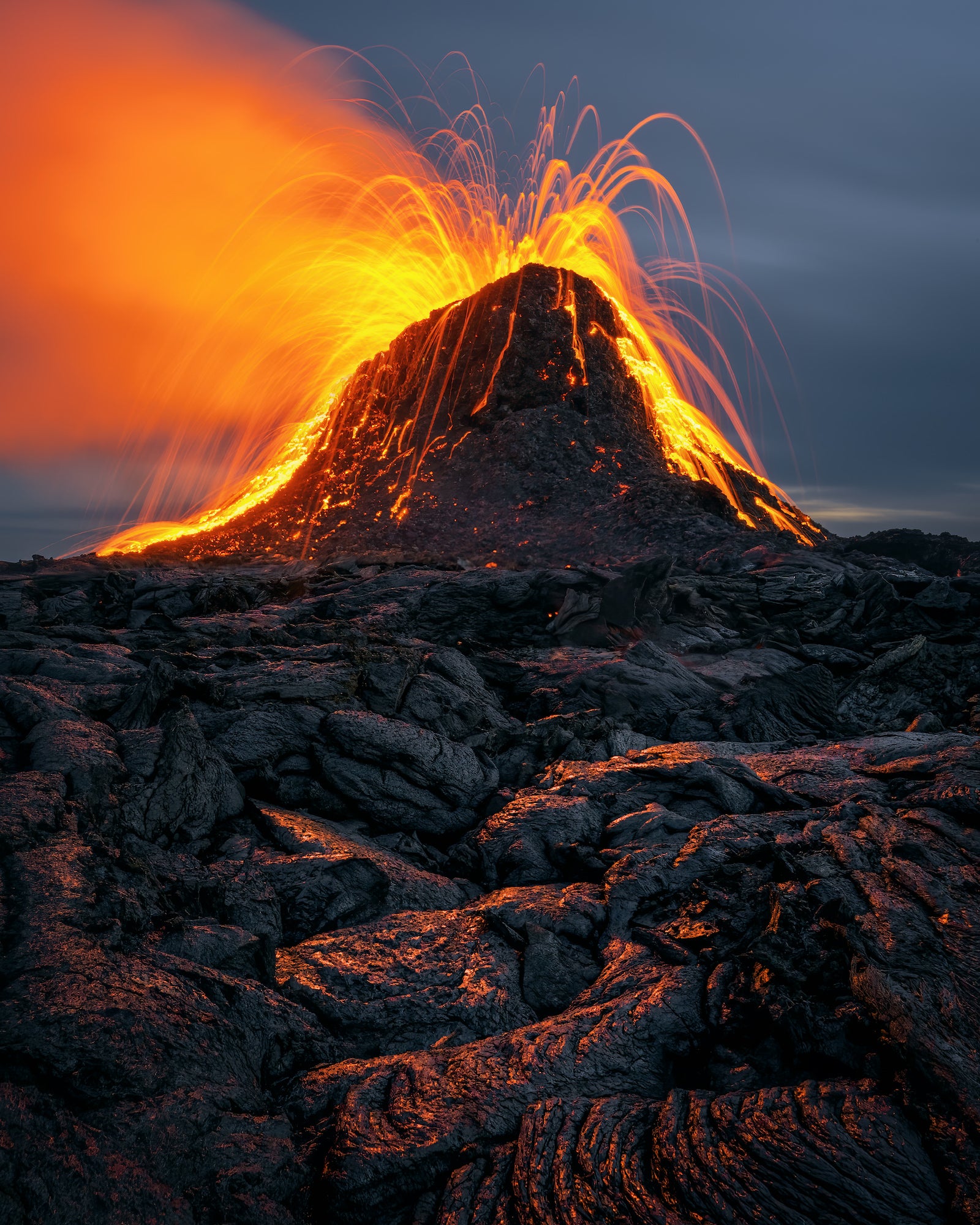
Photo by Stefan Liebermann. Sony Alpha 7C. Sony 16-35mm f/2.8 G Master. 4-sec., f/22, ISO 100
Lenses
Sony 16-35mm f/2.8 G Master: This lens is my all-rounder and must-have lens. Zoom wide angle lens with F/2.8. You can use it for everything and it definitely belongs in the travel backpack!
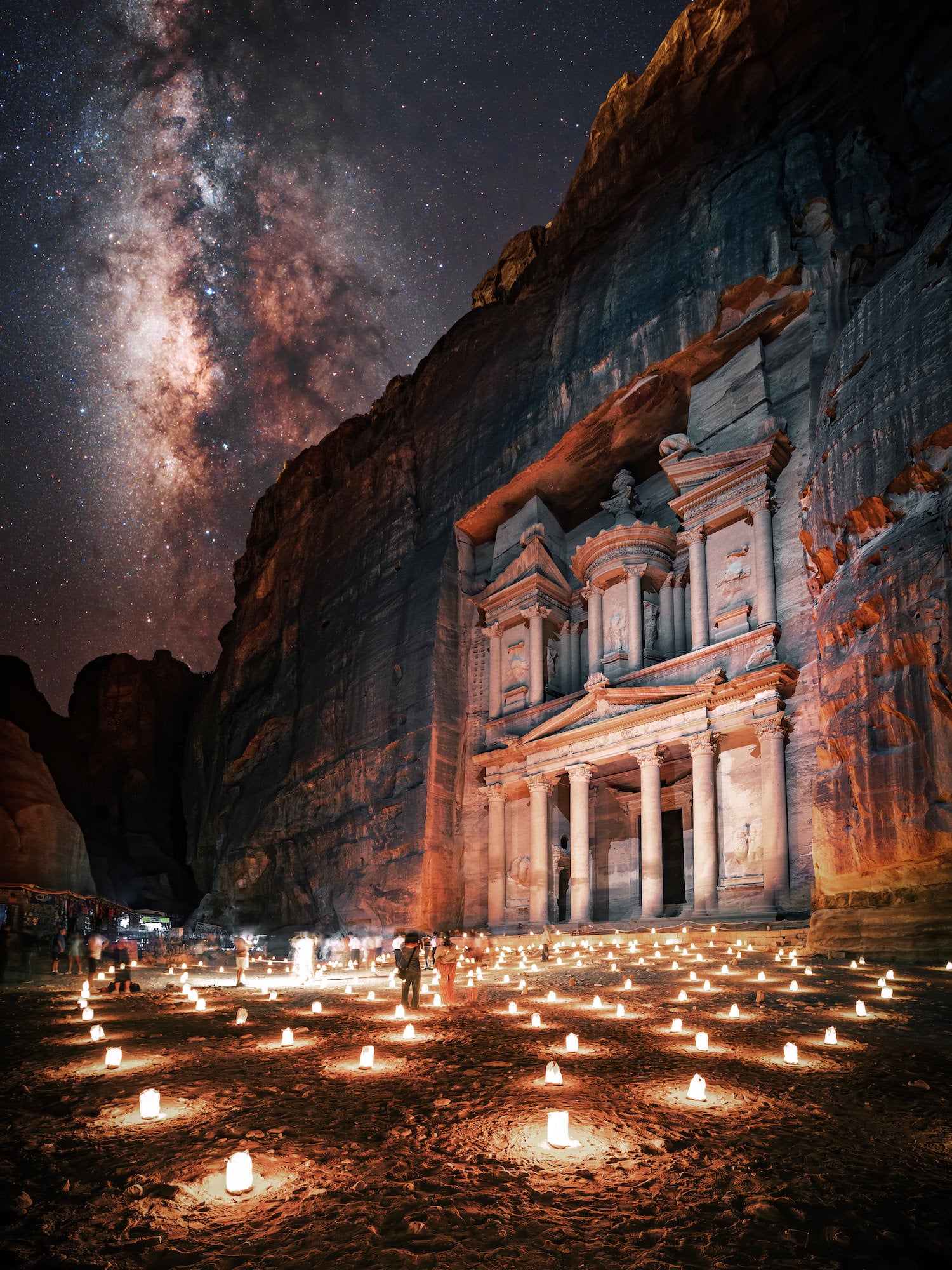
Photo by Stefan Liebermann. Foreground: Sony Alpha 7 III. Sony 16-35mm f/2.8 G Master. 30-sec., f/4, ISO 1000. Sky: Sony Alpha 7 III .Sony 16-35mm f/2.8 G Master. 273-sec., f/2.8, ISO 1000
Sony 14mm f/1.8 G Master: My favorite lens for night landscape photography. With this wide open and wide angle lens you can easily create stunning panoramas of night phenomenons.
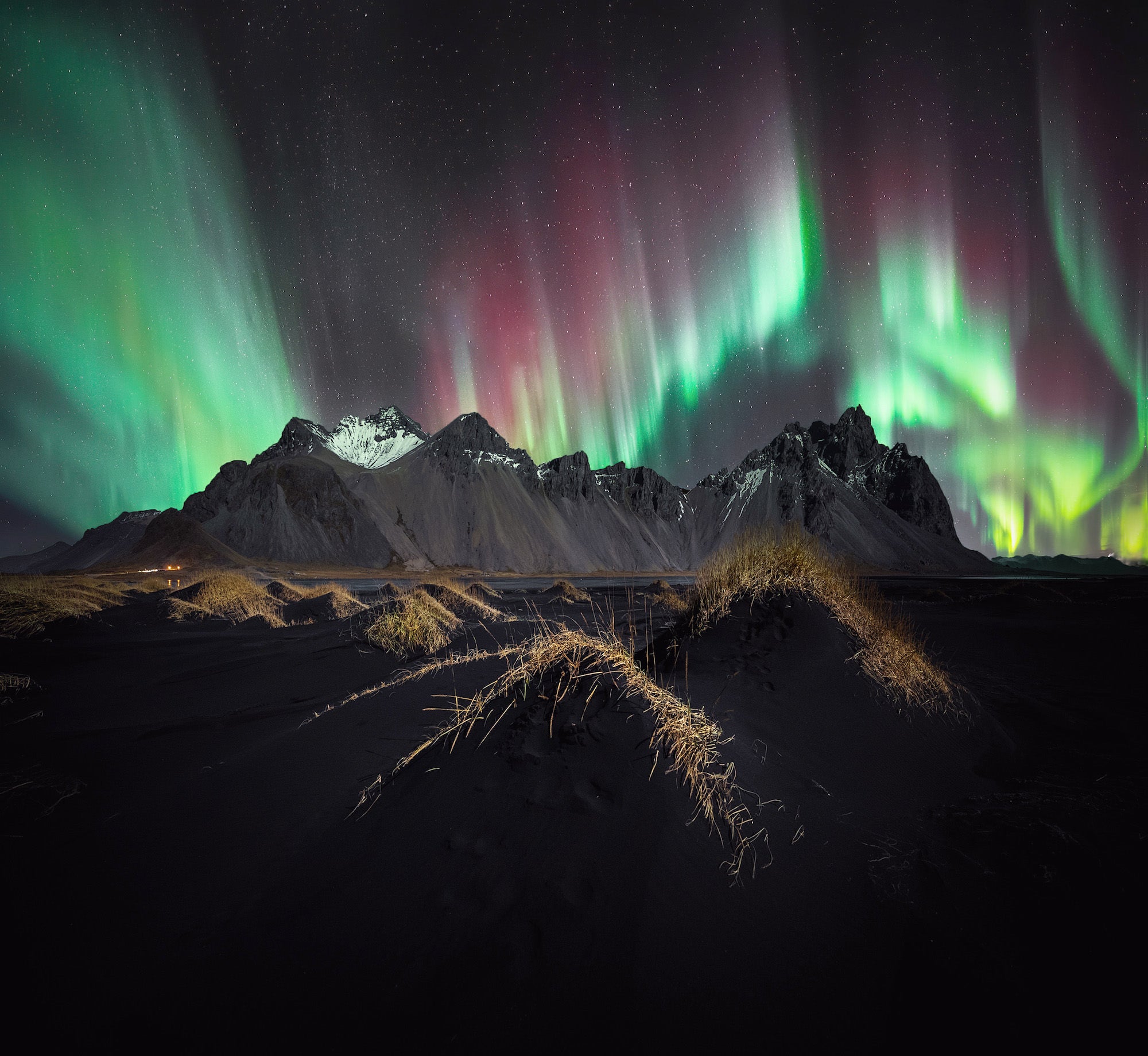
Photo by Stefan Liebermann. Panorama of 3 photos: Sony Alpha 7 III. Sony 14mm f/1.8 G Master. 4-sec., f/1.8, ISO 1600
Sony 12-24mm f/2.8 GM : My newest lens and an absolute stunner. More wide angle than any lens before in my repertoire and it sets new references in the matter of sharpness. It's a dream lens for any landscape photographer!
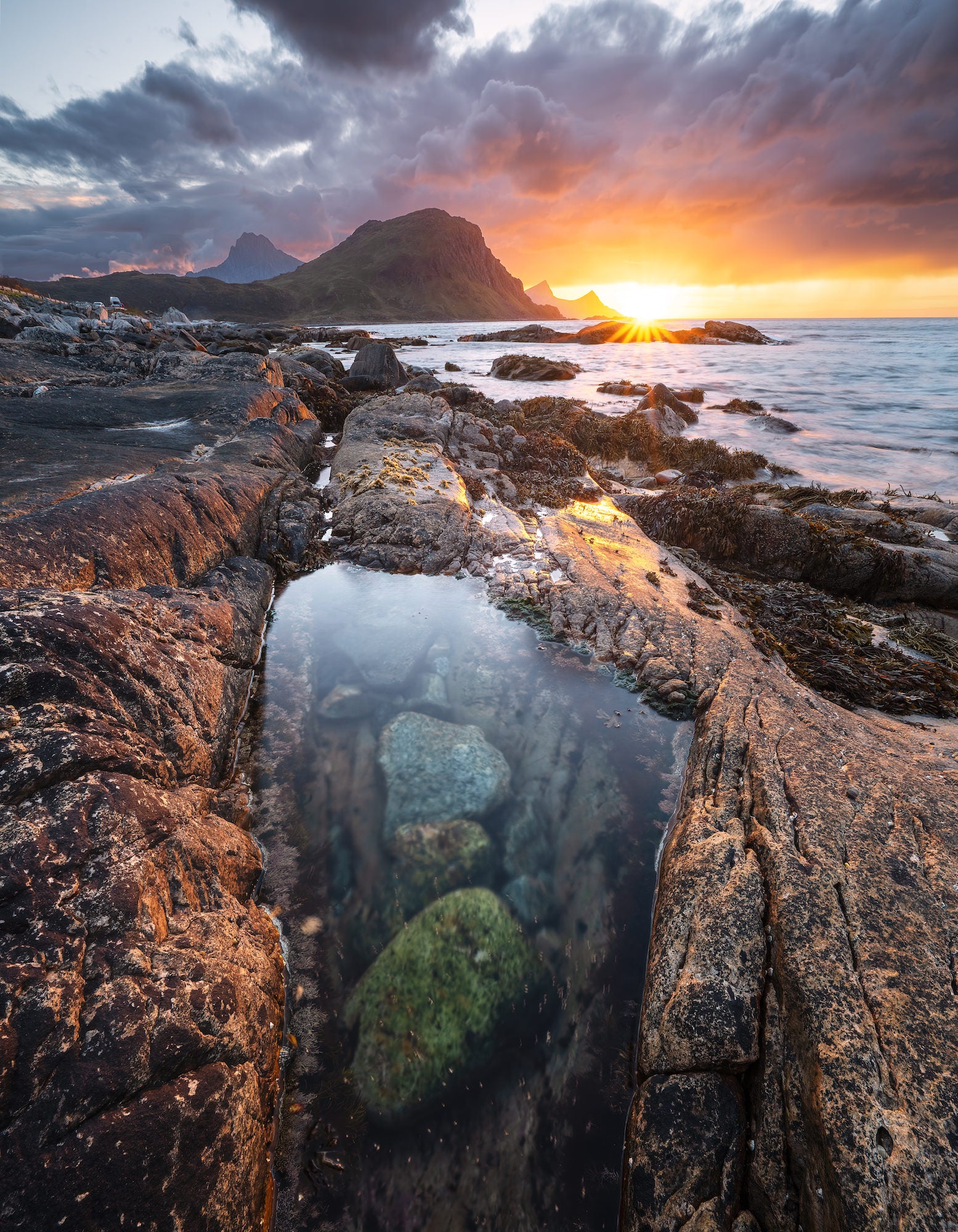
Photo by Stefan Liebermann. Sony Alpha 7 III. Sony 12-24mm f/2.8 G Master. ⅕-sec., f/10, ISO 100
Sony 24mm f/1.4 G Master: A beautiful lens for astrophotography!
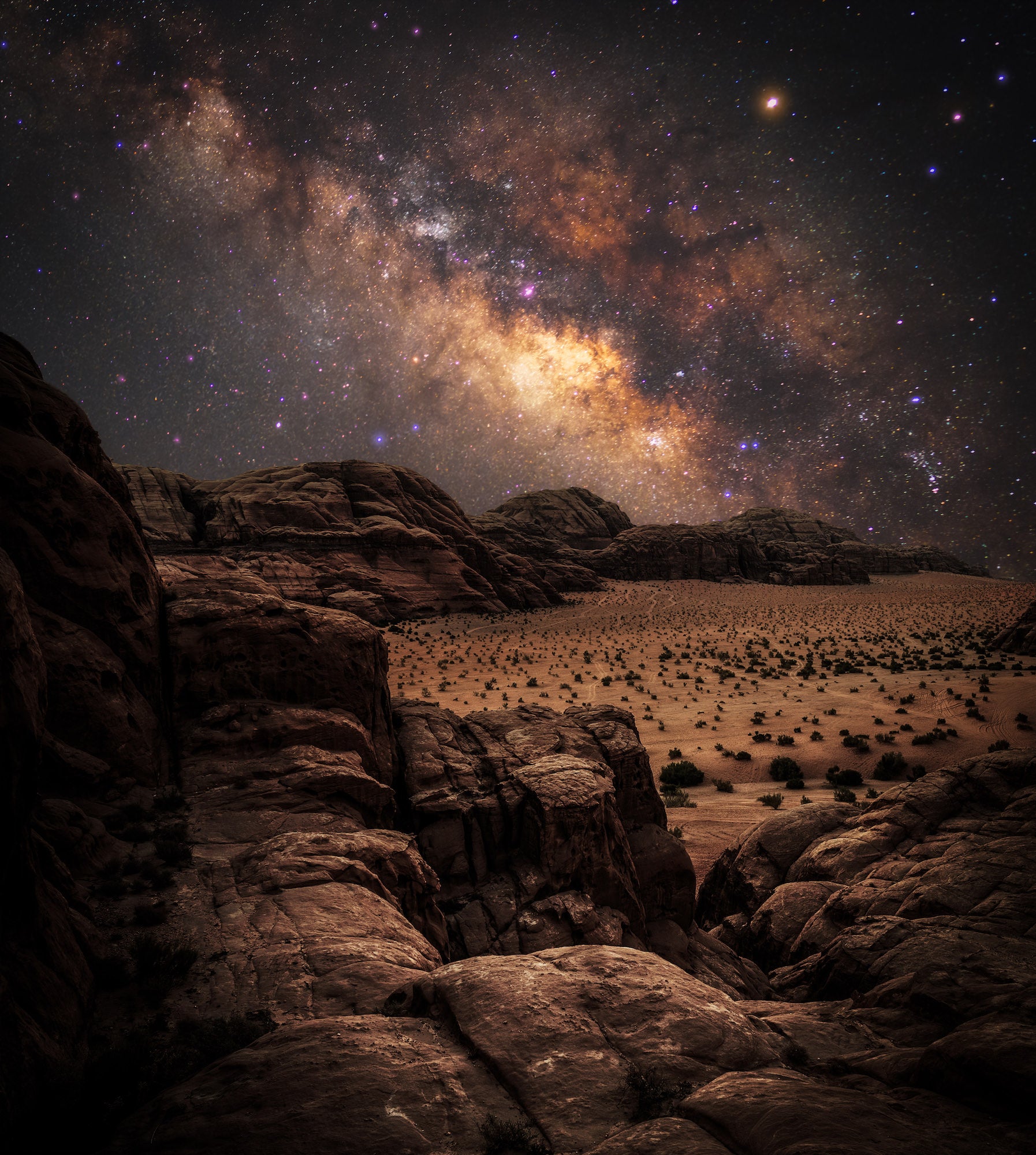
Photo by Stefan Liebermann. Sony Alpha 7 III. Sony 24mm f/1.4 G Master 20-sec., f/1.4, ISO 5000
Accessories
Two Tripods: To make simultaneously long exposure captures. A travel tripod to be flexible and a big stable tripod for creating deep sky photography.
Two Star Trackers: To rotate the cameras with the “movement” of the stars. (the stars don't rotate but it's easier to understand as living in a rotating relative system as the earth). One light tracker for traveling and one big tracker with highest accuracy for deep sky photography.
External Trigger: For long exposures.
Clip-In Filters: To modify the full spectrum Sony Alpha 7R III camera
ND-Filters: For seascape photography.
Power banks, optical tissues, etc.
See more of Stefan Liebermann's work on Instagram (@stefanliebermannphoto).

